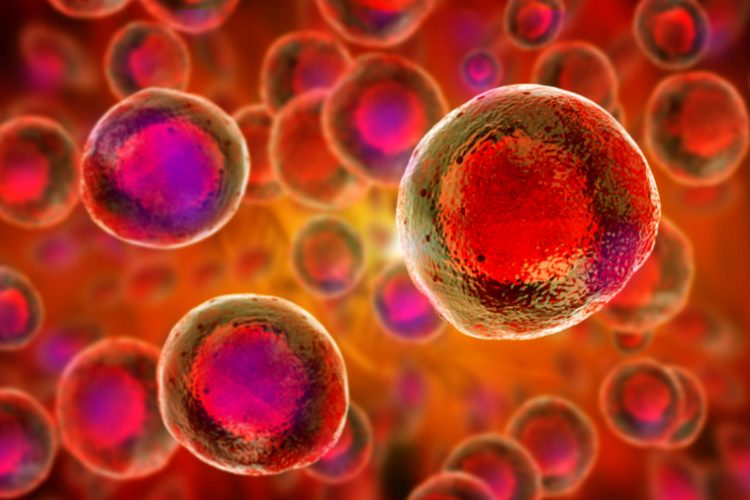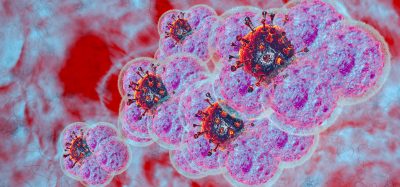Insights into the critical initial phase of embryonic development
Posted: 9 October 2023 | Taylor Mixides (Drug Target Review) | No comments yet
Researchers from the University of Helsinki and the National Institutes of Health (NIH) in the United States have made a new discovery: the ectoderm, one of the germ layers, does not lose its pluripotency during gastrulation, contrary to prior beliefs.

When the zygote, or fertilized egg, begins its developmental journey, the inner cell mass that will eventually give rise to the individual retains its remarkable pluripotent stem cell potential during the initial weeks. In simpler terms, each cell within this cluster possesses the capacity to form an entire new individual and all the diverse cell types essential for the human body. The potential of stem cell therapies is rooted in the pluripotency of these early embryonic stem cells.
Gastrulation signifies a pivotal phase in embryonic development, wherein this pluripotency undergoes transformation as the germ layers of the embryo (ectoderm, mesoderm, and endoderm) and the three-dimensional body axes (anterior-posterior, dorsal-ventral, left-right) take shape. In fact, gastrulation is often regarded as the most critical stage of life, with a significant number of early miscarriages attributed to unsuccessful gastrulation.
Researchers from the University of Helsinki and the National Institutes of Health (NIH) in the United States have made a new discovery: the ectoderm, one of the germ layers, does not lose its pluripotency during gastrulation, contrary to prior beliefs. This finding also resolves a longstanding question in developmental biology regarding the exceptional stem cell potential of the neural crest, which originates from the ectoderm during embryonic development.
Subsequent to gastrulation, the neural crest undergoes differentiation into a multitude of cell types that contribute to various parts of the body. These include pigment cells in the skin, the entire peripheral nervous system, facial and neck bones, portions of the heart, and various hormone-producing cell types—cellular transformations that were conventionally deemed impossible from a single germ layer.
Dr Laura Kerosuo explains that their discoveries cast fresh illumination on the sequence of events in early embryonic development. They suggest that the stage of gene expression required for the generation of pluripotent stem cells continues throughout the ectoderm until nearly the neural tube’s formation, a precursor to the central nervous system. Furthermore, their findings suggest a significantly greater flexibility in the determination of cell fate within the ectoderm than previously assumed.
The researchers employed an advanced high-resolution imaging technique capable of analysing individual cells to uncover these findings. They had previously developed this technique for simultaneous gene expression analysis, which they adapted for this study to monitor the spatial distribution of individual stem cells in the ectoderm at various stages following gastrulation.
Dr Ceren Pajanoja, a Doctoral Researcher at the University of Helsinki, states that this precise and efficient technique enables the identification of cell profiles directly within the original tissue. It can be applied to various inquiries, including the comparison of diseased and healthy tissue.
The newfound insights hold the potential to enhance comprehension of a range of diseases. Neurocristopathies, disorders originating from the neural crest, constitute approximately a quarter of all congenital developmental disorders. The knowledge gained from this study can aid in understanding the pathogenic mechanisms underlying neurocristopathies and pinpointing gene defects responsible for them, even in early pregnancy. Additionally, it may contribute to the development of alternative therapies that could be applied to the foetus during pregnancy.
Cancers originating from the neural crest, such as melanoma and neuroblastoma (a frequently fatal disease in infants), are also under investigation by Dr Kerosuo’s research group from the perspective of neural crest development.
Furthermore, techniques for differentiating tissues derived from the neural crest using stem cells offer promising prospects for future tissue replacement therapies. This study was published in Nature Communications.
Related topics
Stem Cells
Related conditions
Cancer, Neurocristopathies
Related organisations
University of Helsinki






